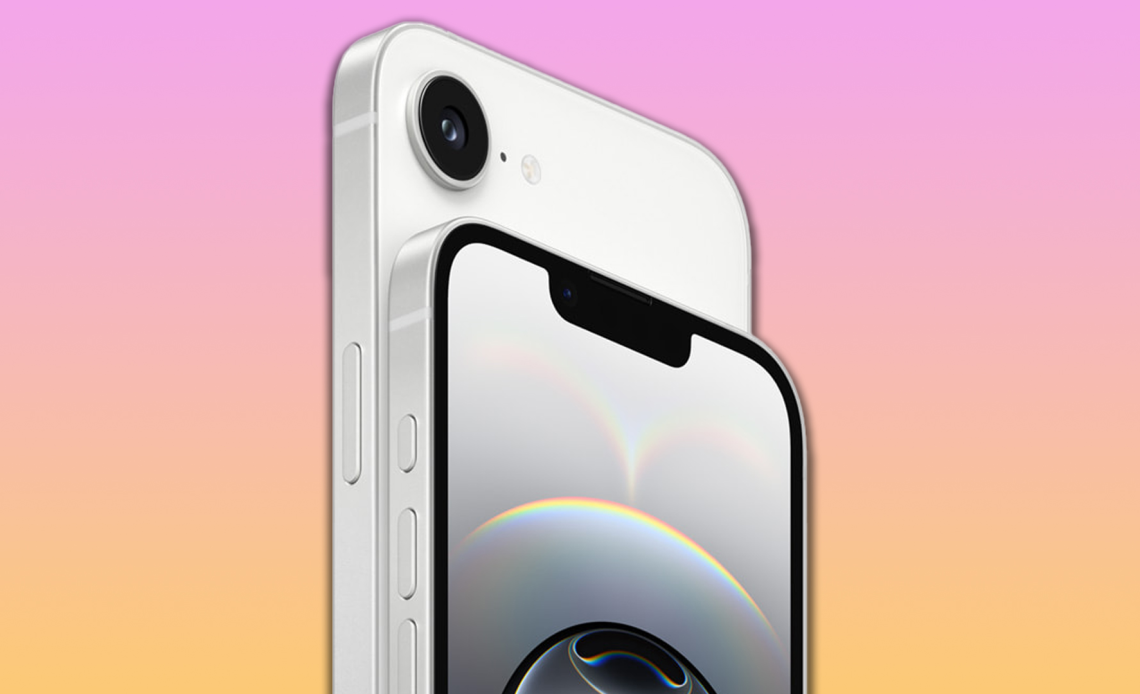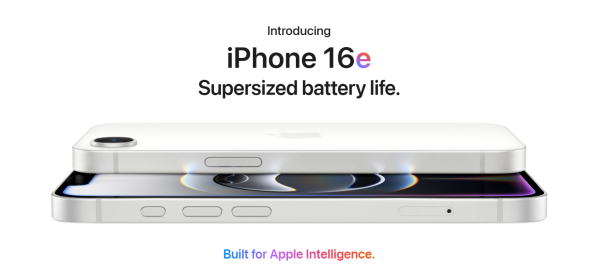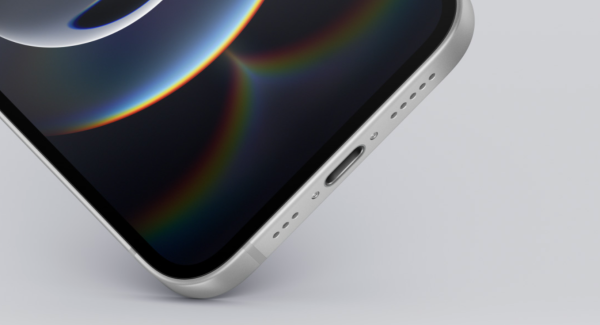
After months of speculation, Apple has officially pulled the curtain back on the iPhone 16e, the highly anticipated successor to the iPhone SE (2022). This latest addition to Apple’s budget lineup marks a major step forward, debuting several firsts for the series, including an OLED display, a notched design with Face ID, and seamless integration with Apple Intelligence. However, one of its most compelling upgrades, which was subtly mentioned in Apple’s official announcement, is the all-new proprietary C1 modem, poised to redefine cellular connectivity.
iPhone 16e – Features & Technical Specifications
Apple’s iPhone 16e is a dual SIM (Nano + eSIM) device running iOS 18. It sports a 6.1-inch Super Retina XDR OLED display with a 1,170 x 2,532-pixel resolution, a 60Hz refresh rate, and 800 nits peak brightness. The screen is fortified with Apple’s Ceramic Shield, enhancing durability. The 3nm A18 chip powers the device, which was first introduced with the iPhone 16 lineup. Storage configurations range up to 512GB, and while Apple remains tight-lipped about RAM specifications, industry estimates suggest it houses 8GB, ensuring seamless support for Apple Intelligence features.

For photography, the iPhone 16e features a 48-MP rear camera with optical image stabilisation (OIS), while the 12-MP TrueDepth front camera enables Face ID authentication and high-quality selfies. Unlike its predecessor, which used Touch ID, the iPhone 16e fully embraces Face ID, eliminating the home button. Connectivity options include 5G, 4G LTE, Wi-Fi 6, Bluetooth 5.3, NFC, and GPS. It also supports Apple’s Emergency SOS via satellite, providing crucial assistance in remote areas. One of the most notable upgrades is the switch to a USB Type-C port, enabling 18W wired charging and 7.5W wireless charging.
Also Read – Samsung Galaxy S25 vs iPhone 16: Comparison of Flagship Phones
iPhone 16e – Pricing & Availability in India
Apple has positioned the iPhone 16e competitively, with prices starting at ₹59,900 for the base 128GB model. Additional configurations include 256GB (₹69,900) and 512GB (₹89,900). The pre-orders open on February 21, with official sales commencing February 28. The iPhone 16e will be available in Black and White colour options.
With its blend of premium features, Apple’s proprietary C1 modem, and an aggressive price point, the iPhone 16e is poised to disrupt the budget smartphone market. Whether it lives up to Apple’s high standards and user expectations remains to be seen, but one thing is certain – this is the most ambitious entry-level iPhone yet.

Apple C1 Modem – A Bold Break from Qualcomm
The C1 modem is the culmination of Apple’s years-long, multi-billion-dollar effort to reduce dependency on Qualcomm for 5G modems. Originally expected to debut earlier following Apple’s 2019 acquisition of Intel’s modem division, the project faced multiple delays, prompting Apple to extend its supply agreement with Qualcomm through 2026.
Now, with the iPhone 16e, Apple is officially bringing its first in-house modem to the market. According to the company, the C1 is the “most power-efficient modem ever” in an iPhone, delivering robust and reliable 5G performance. Apple also claims that the modem’s superior efficiency, with an optimised internal architecture and iOS 18’s advanced power management, contributes to exceptional battery life, boasting up to 26 hours of video playback. For comparison, the standard iPhone 16 offers 22 hours.
However, one notable trade-off is the lack of mmWave support, which enables ultra-fast 5G speeds in certain regions. First reported by Bloomberg’s Mark Gurman, this omission is now confirmed. While the iPhone 16e will still offer strong connectivity, users in markets where mmWave is widely used may experience slightly lower peak speeds.
View this post on Instagram

